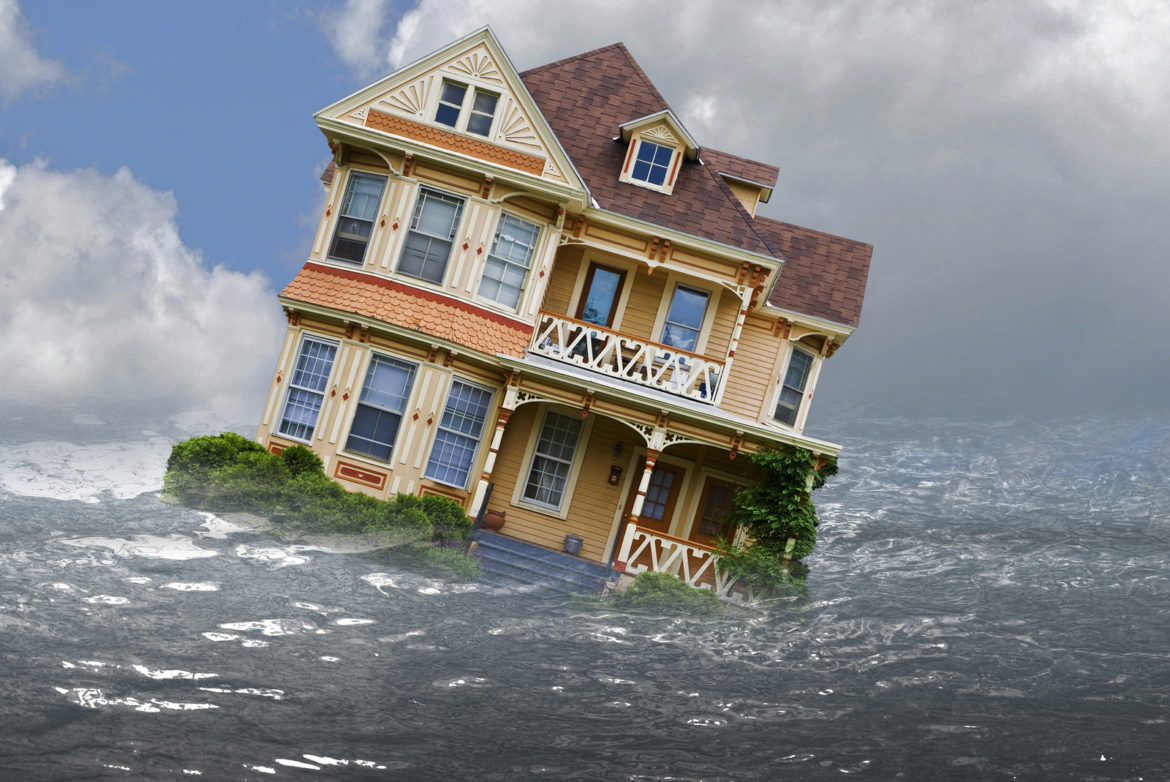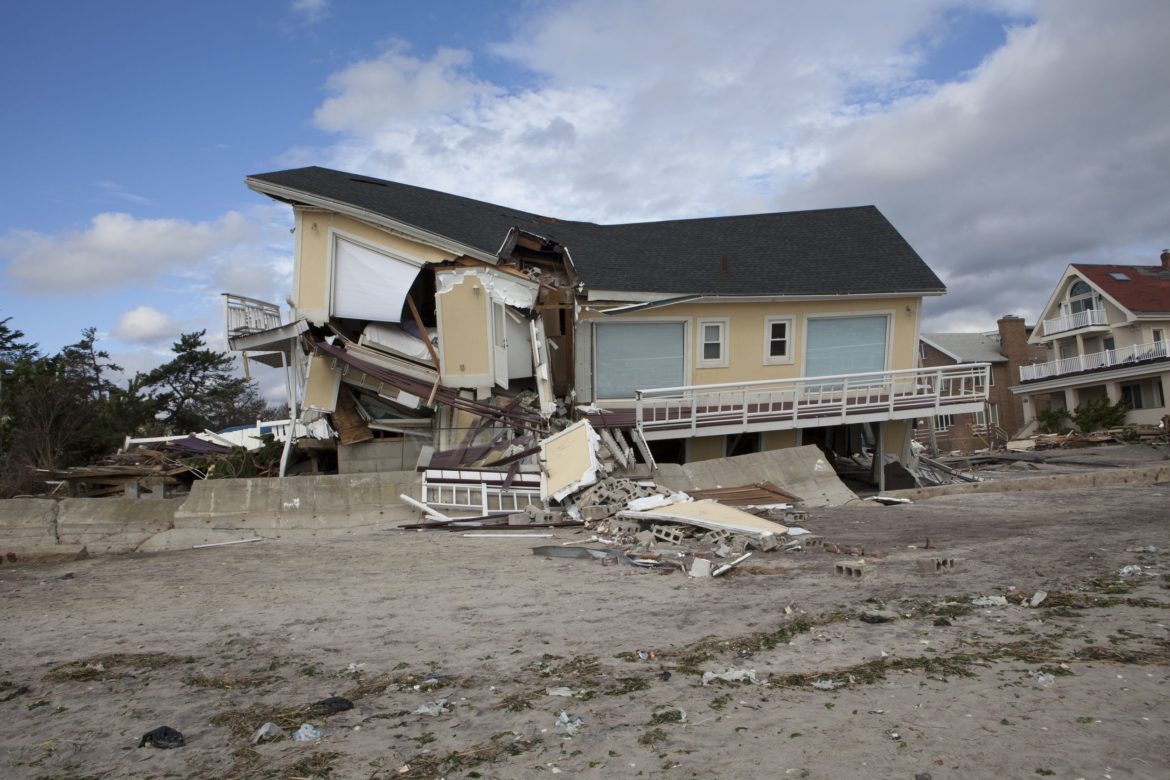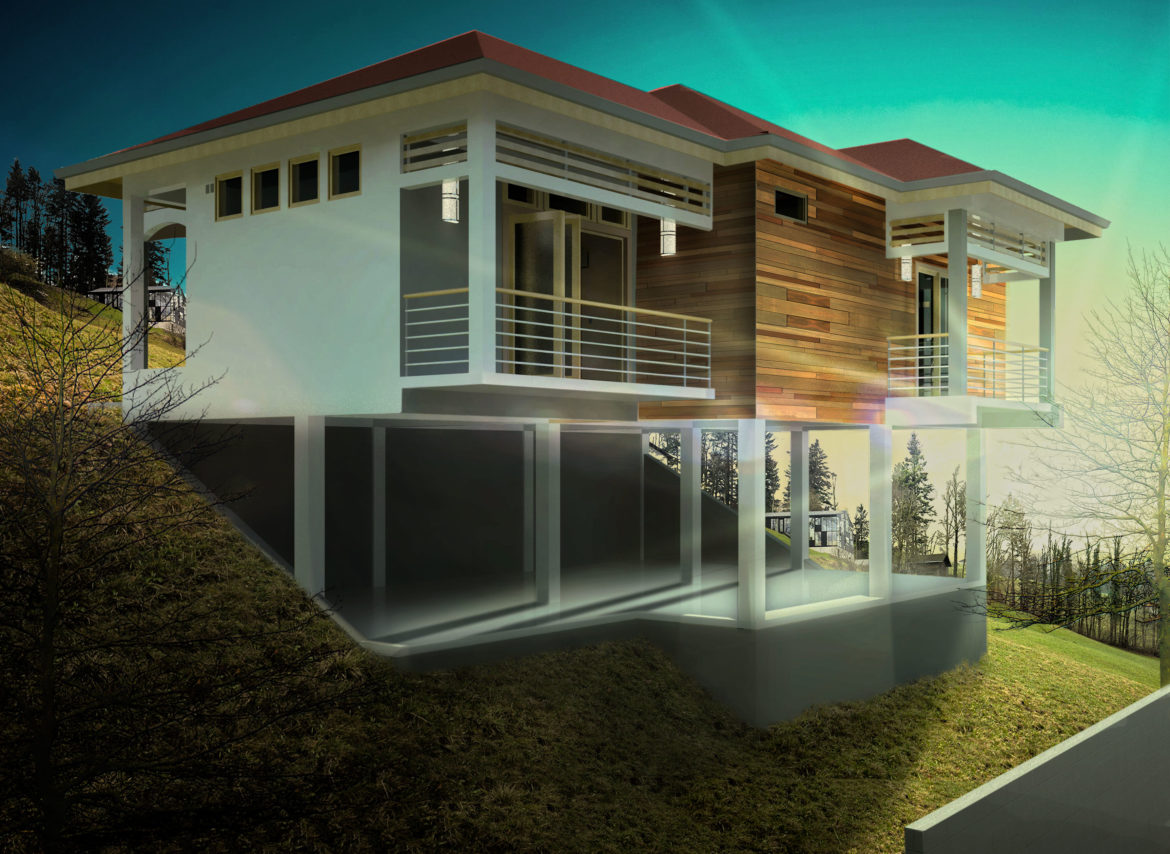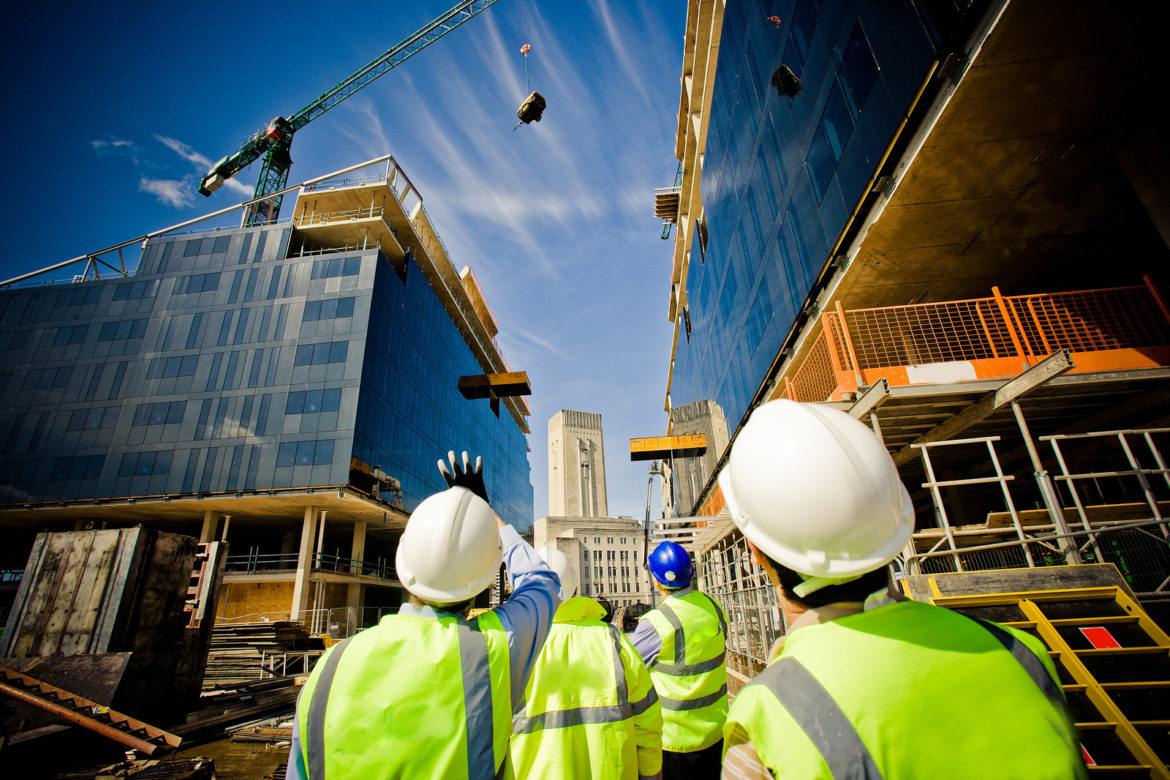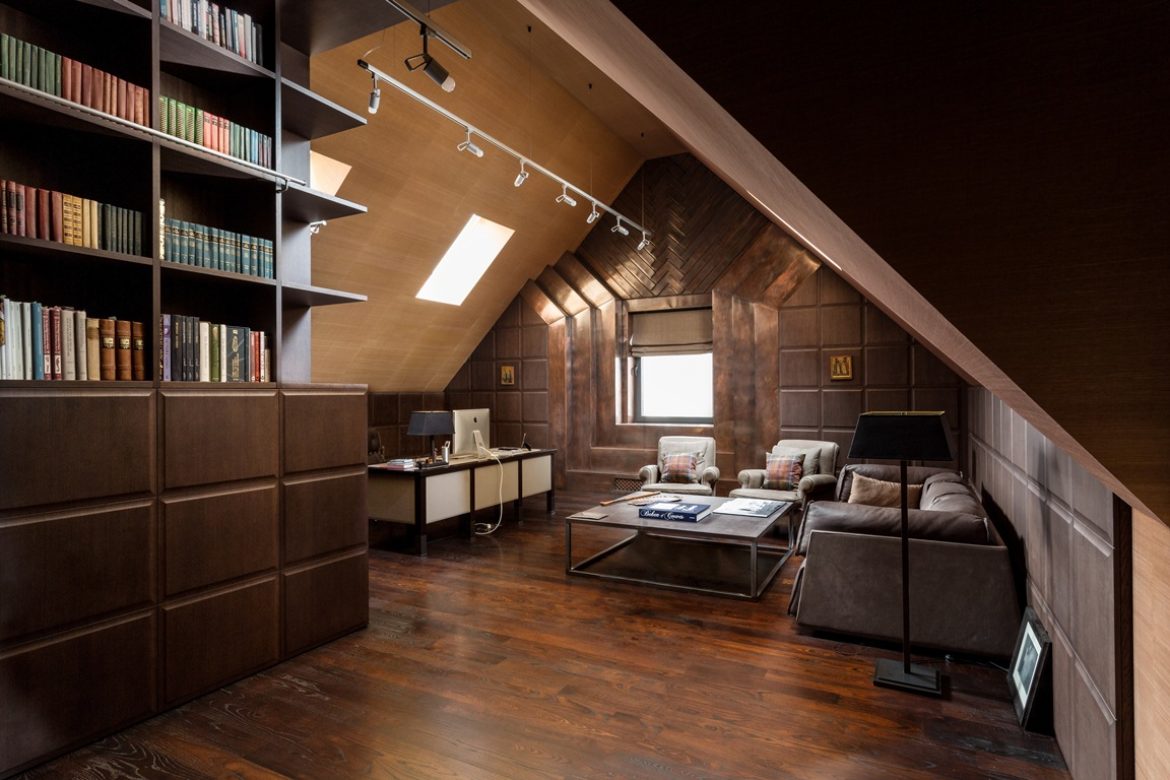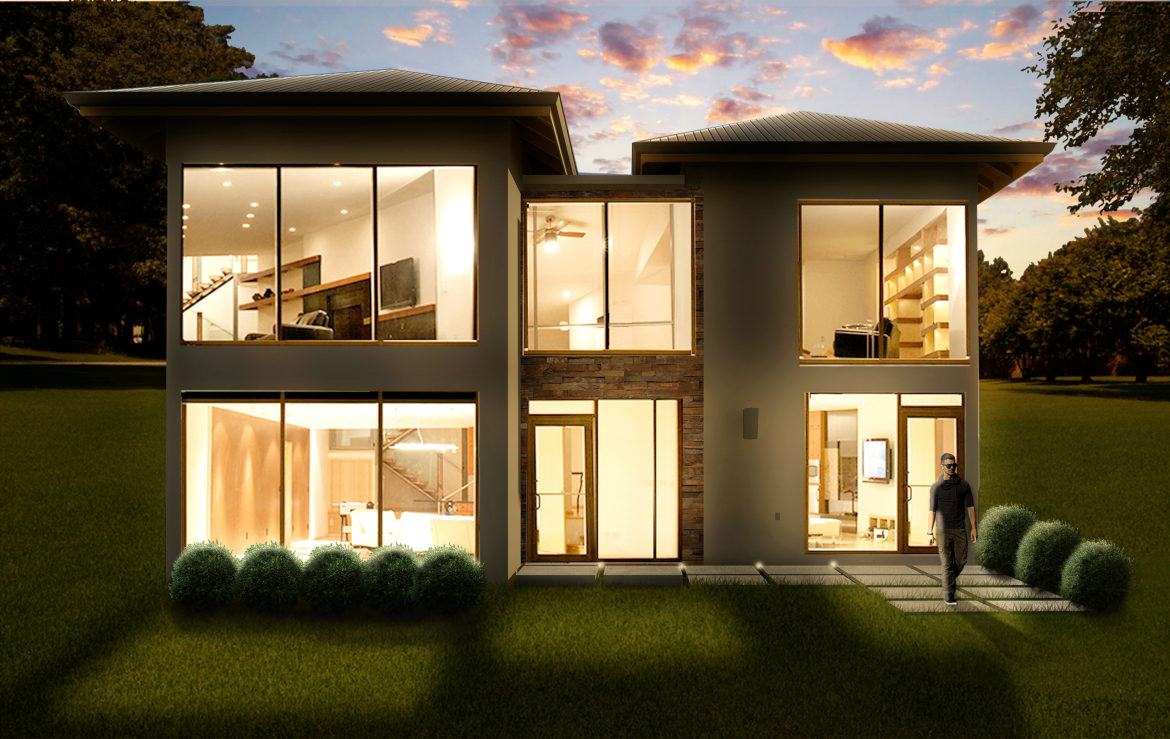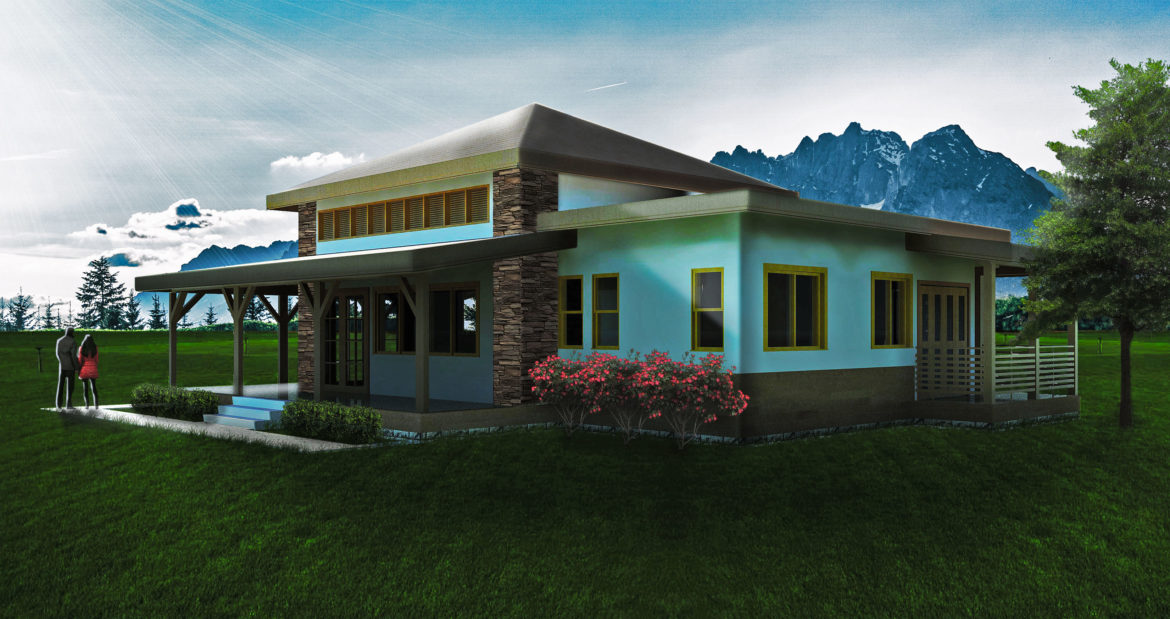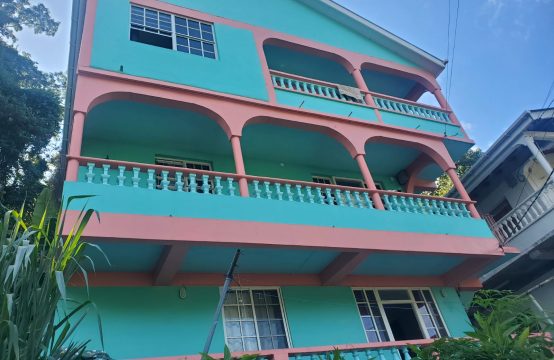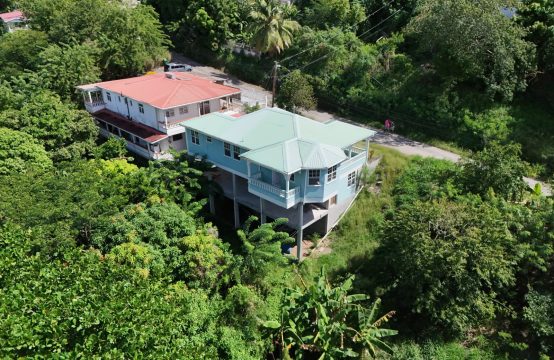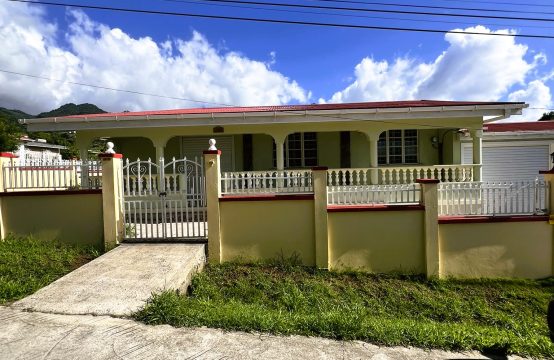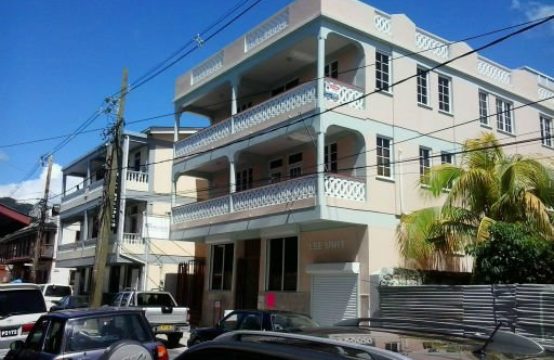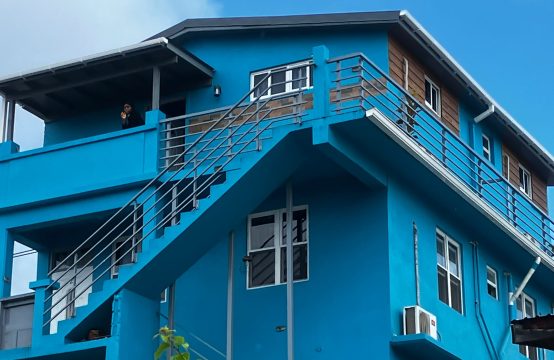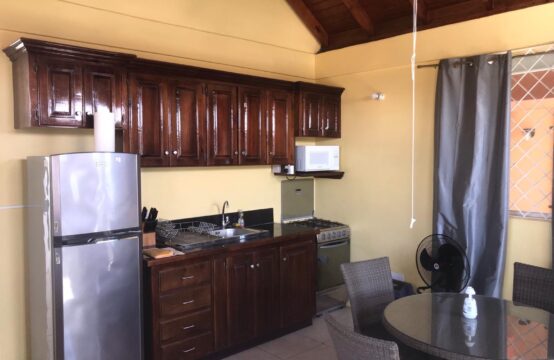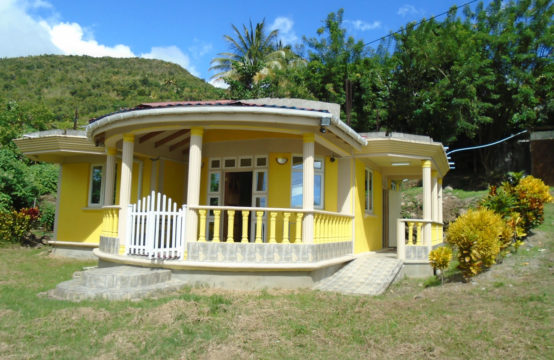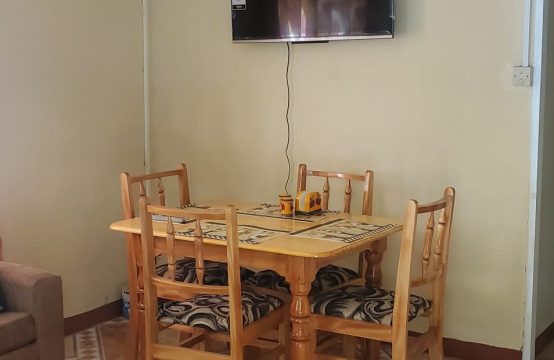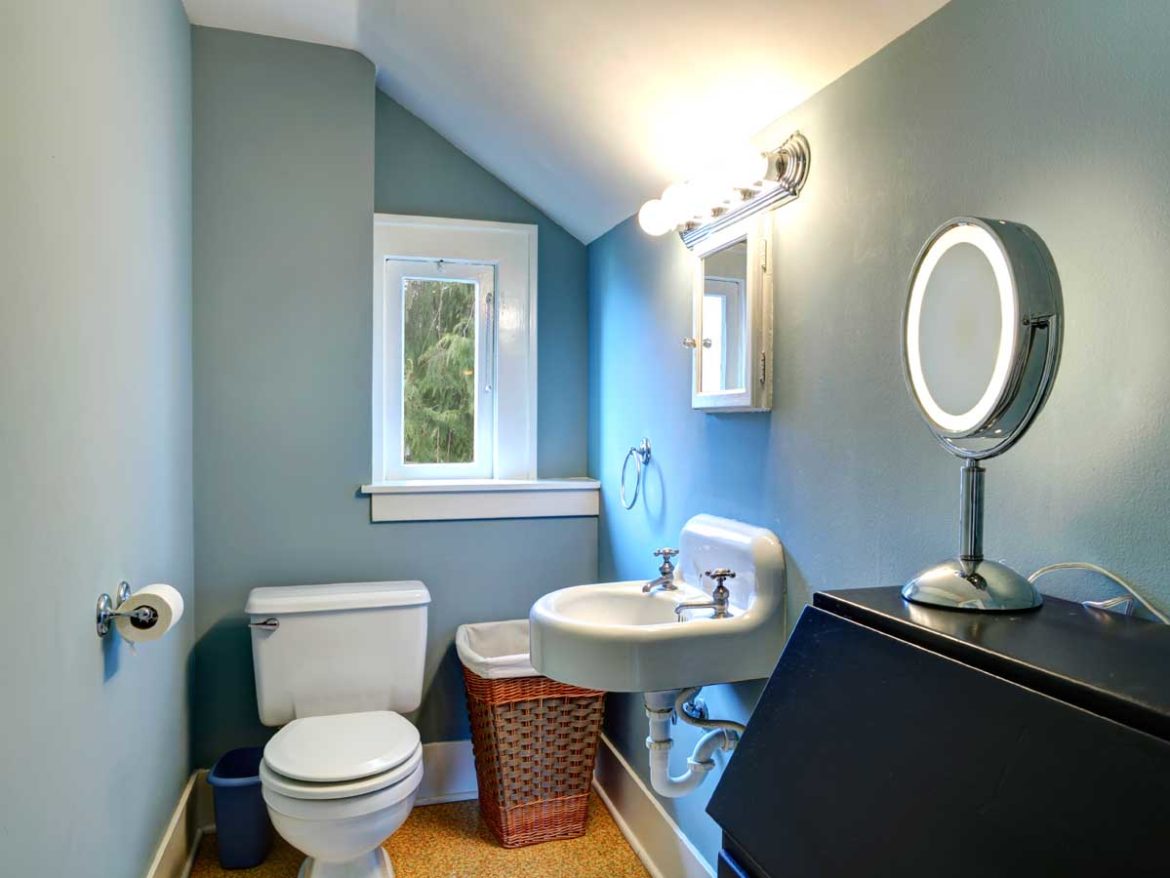
A half bathroom is a bathroom which has a sink and a toilet, but no shower or tub. Such rooms are sometimes known colloquially as “half baths” or “powder rooms.” Many larger homes include a built in half bath, typically in a public area of the home so that it is readily accessible to guests. Especially in a house with multiple residents, a half bathroom can be an extremely useful thing, as it reduces pileups at the main bathroom in the morning, allowing people to use the toilet while leaving the shower free.
The design of a half bathroom can be quite varied. Some are extremely minimalistic, with just a toilet and a pedestal sink, while others include storage cabinets and other features. A mirror is also a common feature, allowing people to check on their physical appearance before emerging from the bathroom. Generally half bathrooms are relatively small, since people presumably do not need a great deal of space to do their business there.
If you happen to be building or remodeling a home and considering bathroom layouts, you may want to think about a half bathroom. One of the major conveniences of a half bathroom is that it ensures that you have a space for guests to use while keeping your own bathroom private. Since many people like to store medications and personal care items in their bathrooms, having a simple half bathroom can ensure peace of mind by ensuring that nosy guests will not be able to delve into a host’s personal life.
A half bathroom can also be useful in a master bedroom or as a shared bathroom used by children. In some cases in a house with multiple occupants, installing multiple full bathrooms might feel a bit silly, but having several toilets and sinks available can be handy; half bathrooms can meet this need quite nicely. People can keep various personal items like toothbrushes and so forth in the half bathroom, ensuring that they have access to them when a main bathroom is occupied by someone bathing or showering.

